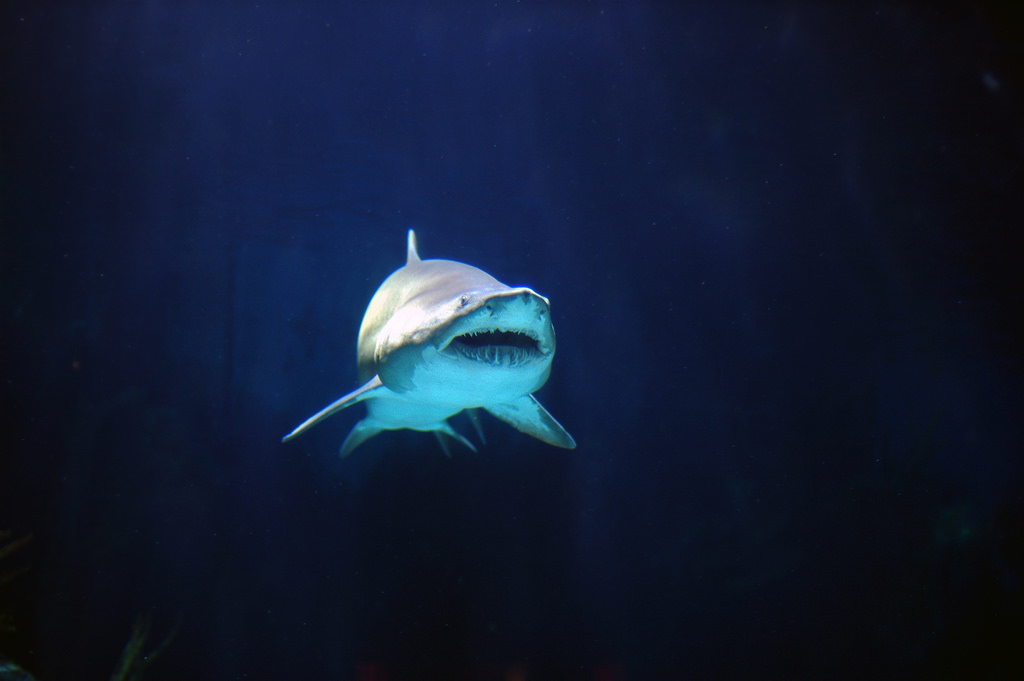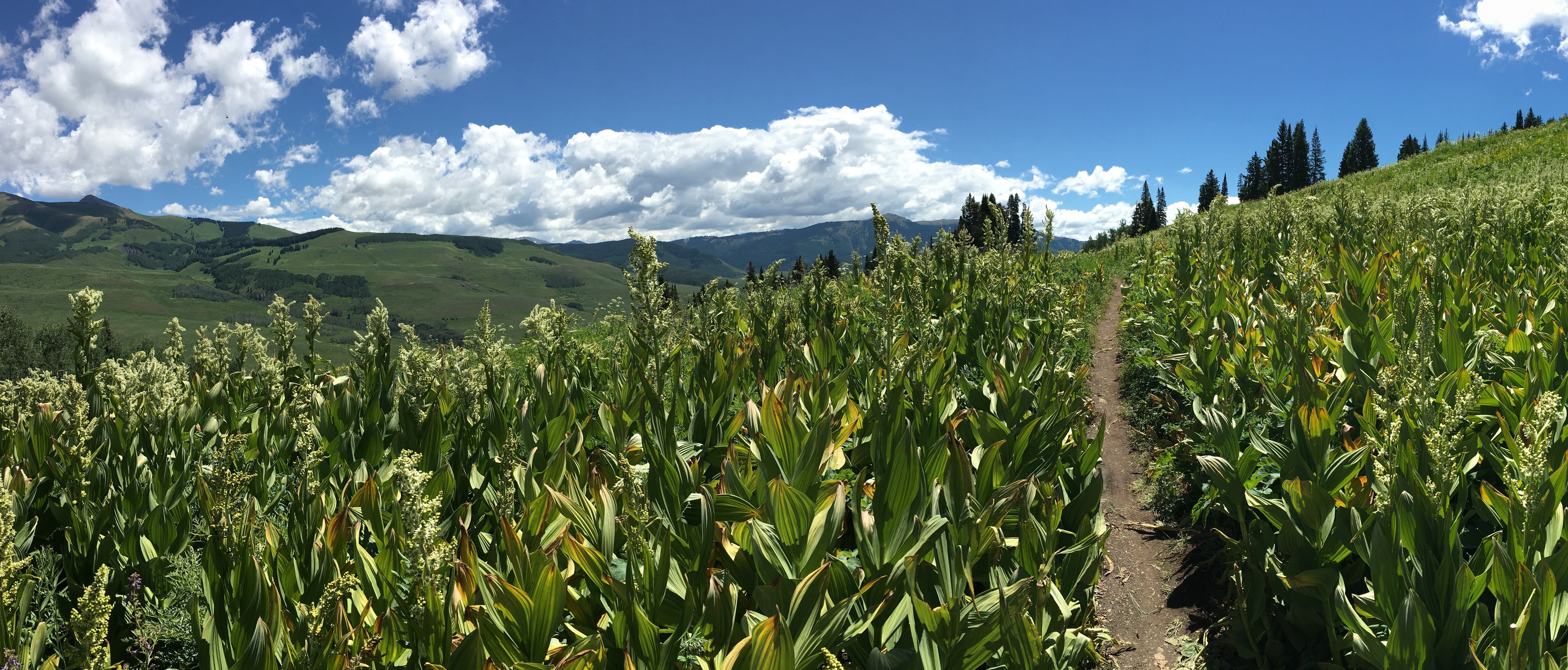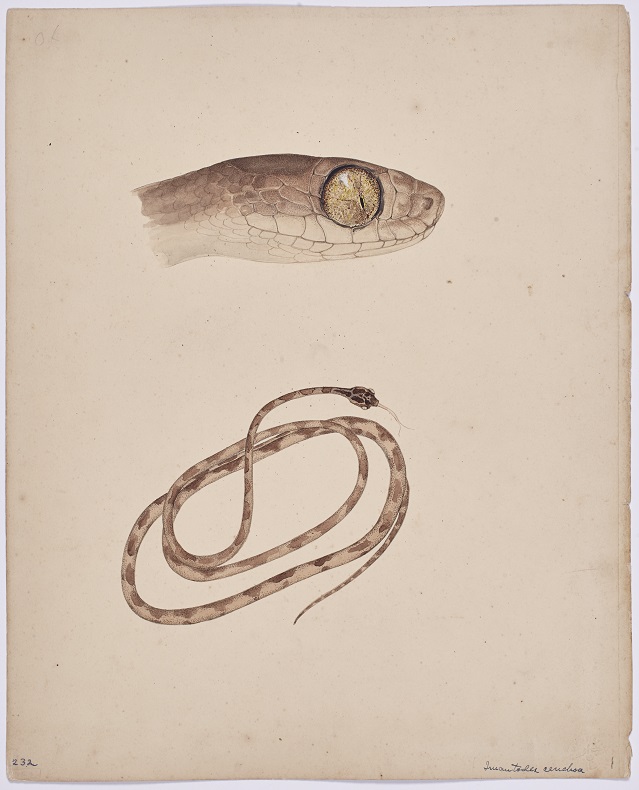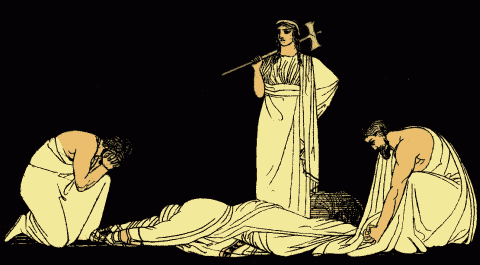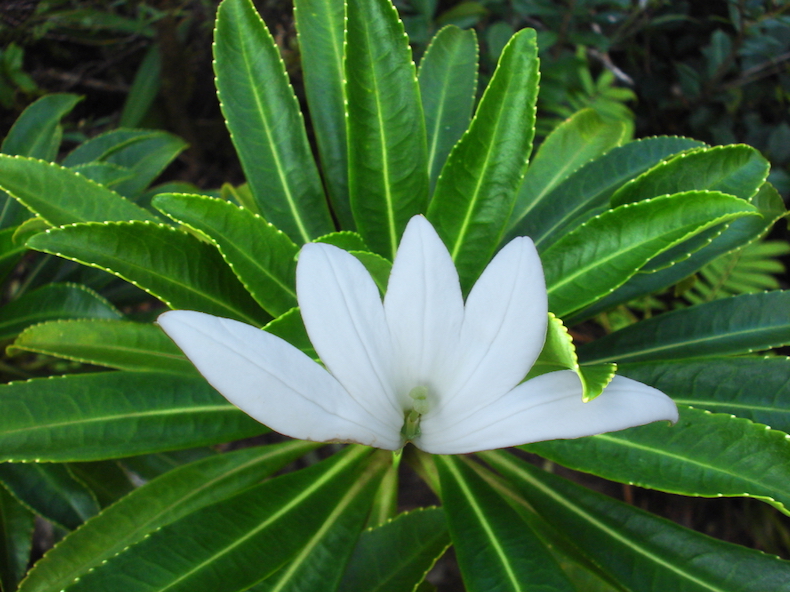2017 seems to be shaping up to be the Year of Fear. Fear of terrorism, fear of too much Donald, fear of not enough Donald, fear of economic collapse, Brexit, socialism, fascism, fanaticism, cultism, existentialism, euphemism.
All of it is very scary and all of it deserves endless hand-wringing on cable news. And this week, cable news will be offering you one more thing to be scared of: sharkism. However, we at The Last Word on Nothing feel that sharks get way too many slices of the old fear pie and so in response we present Snark Week.
Forget hammerheads and makos, welcome to the terrifying and adorable world of kittens, puppies and fluffy little bunnies. Don’t be fooled by their cute exterior, be afraid. Behind every doe-eyed hamster lies a buck-toothed monster and inside every chubby little panda head simmers a desire to destroy all you hold dear!
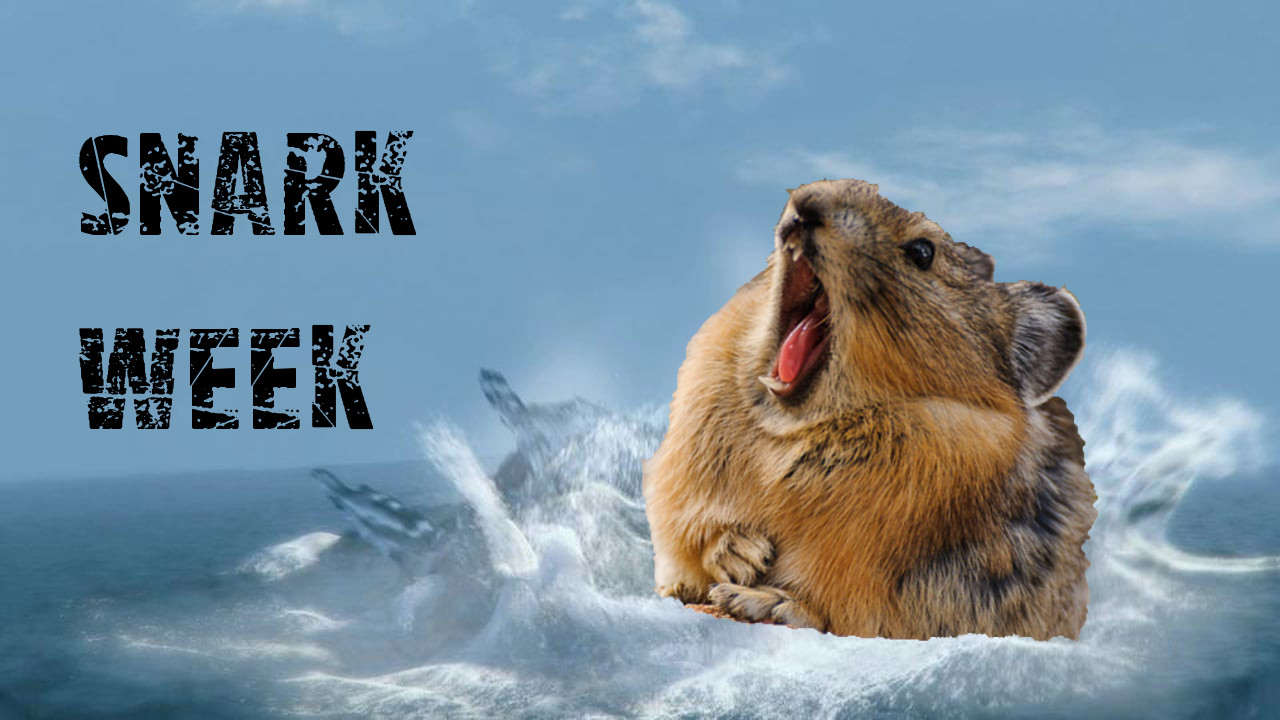
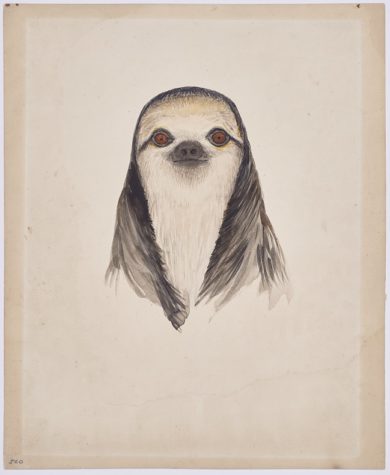 July 17-21, 2017
July 17-21, 2017 The rumors are true: I’m kind of a slob. In high school, I wore baggy pants during the day and boxer shorts to volleyball practice. In college, I wore pajama bottoms to morning classes. I also wore them at least once on an afternoon coffee that turned out to be a date.
The rumors are true: I’m kind of a slob. In high school, I wore baggy pants during the day and boxer shorts to volleyball practice. In college, I wore pajama bottoms to morning classes. I also wore them at least once on an afternoon coffee that turned out to be a date.